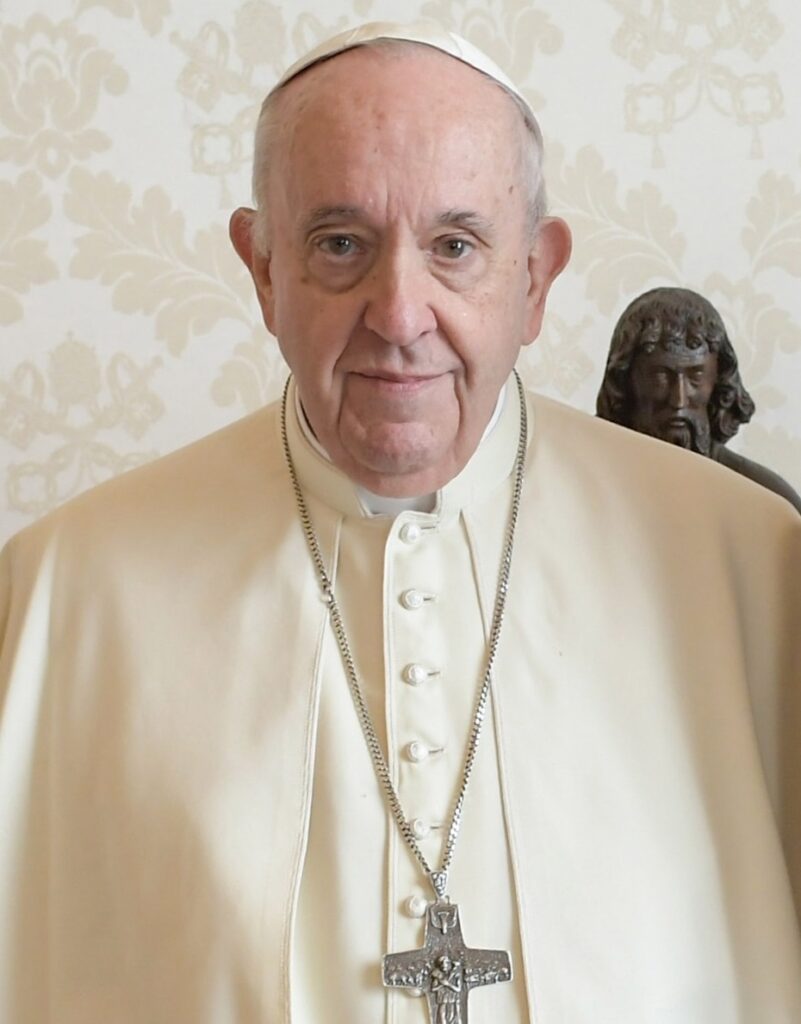
On April 21, 2025, Pope Francis passed away at the age of 88, marking the end of a transformative papacy and initiating the Catholic Church’s time-honored succession process. This period, known as sede vacante (“the seat being vacant”), involves a series of meticulously defined rituals and procedures to ensure a smooth transition of papal authority.
Confirming the Pope’s Death
The official confirmation of a pope’s death is a solemn ritual. The Camerlengo, currently Cardinal Kevin Farrell, verifies the death by calling the pope’s baptismal name three times without response. Following this, the papal ring is destroyed to symbolize the end of his authority, and the Vatican enters the sede vacante period .
The Period of Mourning
A nine-day mourning period, known as novemdiales, follows the pope’s death. During this time, the pope’s body lies in state at St. Peter’s Basilica, allowing the faithful to pay their respects. The funeral, typically held between the fourth and sixth day after death, is a significant event attended by global dignitaries and thousands of mourners .
Governing During Sede Vacante
During sede vacante, the College of Cardinals assumes limited administrative responsibilities. Most Vatican departments cease operations, except for essential roles like the Camerlengo and the Major Penitentiary. This ensures the Church’s continuity while awaiting the election of a new pope .
The Papal Conclave: Electing a New Pope
The conclave, the process of electing a new pope, begins between 15 and 20 days after the pope’s death. Cardinals under the age of 80 gather in the Sistine Chapel, where they are sequestered from the outside world to maintain the election’s integrity. Each day, up to four ballots are cast, requiring a two-thirds majority to elect the new pope. The results are signaled by smoke: black for no decision, white for a successful election.
Potential Successors
While any baptized Catholic male is eligible for the papacy, tradition holds that a cardinal is usually elected. Speculation often surrounds certain “papabili,” or likely candidates. Notable figures include Cardinal Pietro Parolin of Italy, Cardinal Robert Sarah of Guinea, and Cardinal Luis Antonio Tagle of the Philippines.
The New Pope’s Introduction
Once a new pope accepts the position, he is introduced to the public from the balcony of St. Peter’s Basilica with the announcement, “Habemus Papam” (“We have a pope”). This moment marks the beginning of a new chapter for the Catholic Church, as the faithful worldwide look to their new spiritual leader for guidance and inspiration.
The death of Pope Francis ushers in a period of reflection and anticipation. As the Church honors his legacy, it also prepares to embrace new leadership, continuing its mission in a rapidly changing world.